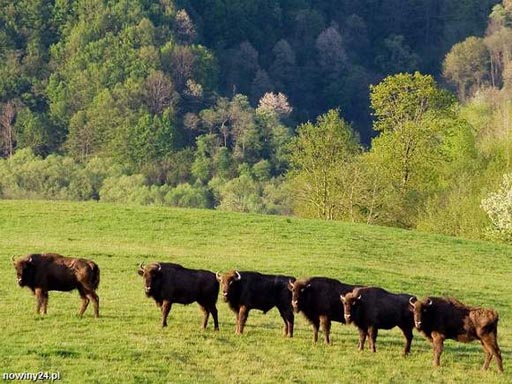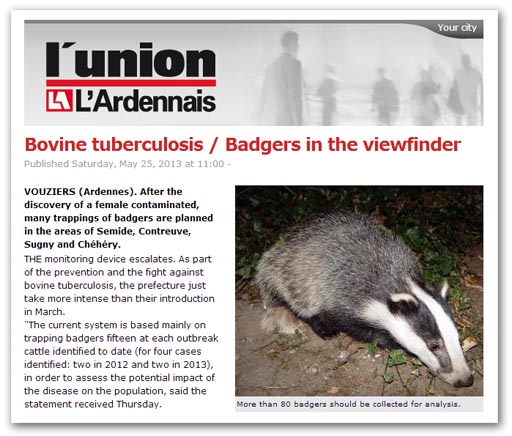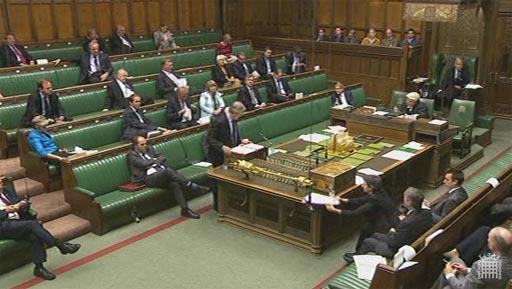Very slowly, the dead tree media is catching up with
Veterinarians believe domestic cats could be catching the disease by venturing into badger setts or from rodents that have been in badger setts. They could also catch it directly from cattle or from infected milk. While the findings may raise fears that domestic pets are helping to spread TB among cattle, vets said the risk to human health was of greater concern.There are some pretty sweeping assumptions there, but you get the gist.
Cats can catch what most people assume is a 'bovine' disease - but it may arrive on your hearthrug from animals other than bovines.
That's the whole point of controlling any wildlife source of a zoonosis. Such diseases infect people. It's what they do, either directly or via another animal. In this case, the family cat.
There is a distinct under playing of concern in this article, which incidentally flies in the face of the comment from the Cheltenham Science Festival debate, which we reported in this posting.
Here a speaker from that debate reported that afterwards, a health worker in the audience explained that in her professional capacity, she was treating 8 people for zoonotic tuberculosis, which they had caught from their cats.
The Telegraph's article quotes Professor Danielle Gunn-Moore, a researcher in feline medicine who has been studying the presence of TB in cats and who led the study, which is published in the journal of Transboundary and Emerging Diseases. She concludes:
“This study has revealed that the potential incidence of feline mycobacteriosis in Great Britain is higher than previously thought. These findings suggest that these infections are a common cause of clinical significant disease in cats in Great Britain and more work needs to further improve our understanding of these infections.”Predictably, they never lose an opportunity to request 'more research' do they?
But the other thing to remember when looking at Defra's reported numbers for 'other species' including cats, is that they are for the single positive confirming sample only. And for any post mortem to be without cost, the veterinary practitioner must be a) treating the animal and must suspect zoonotic tuberculosis and b) report it to AHVLA as such. Otherwise, as well as a dead cat, the owner may face a bill for over £100 to tell him why it expired.
A hole in the garden may prove the cheaper option.
And just as Defra's Secretary of State, Owen Paterson MP heads for New York to promote trade talks and exports (particularly of specialist cheeses) the dead tree media can be relied upon to hoover up some old news to put a spanner in the works.
For more than half a century, cattle which have 'reacted' to the skin test have been compulsorily slaughtered. And once passed by a Meat Hygiene inspector, if they prove fit for human consumption, that is where they end up. We eat them.
Hiding behind a pay wall, the Sunday Times started the rush on this
All very convenient, don't you think?
Risk there may not be, but public perception and PR is pretty important and beef prices were enjoying somewhat of a renaissance after the unlabeled Shergar debacle. But for how long?










.jpg)










